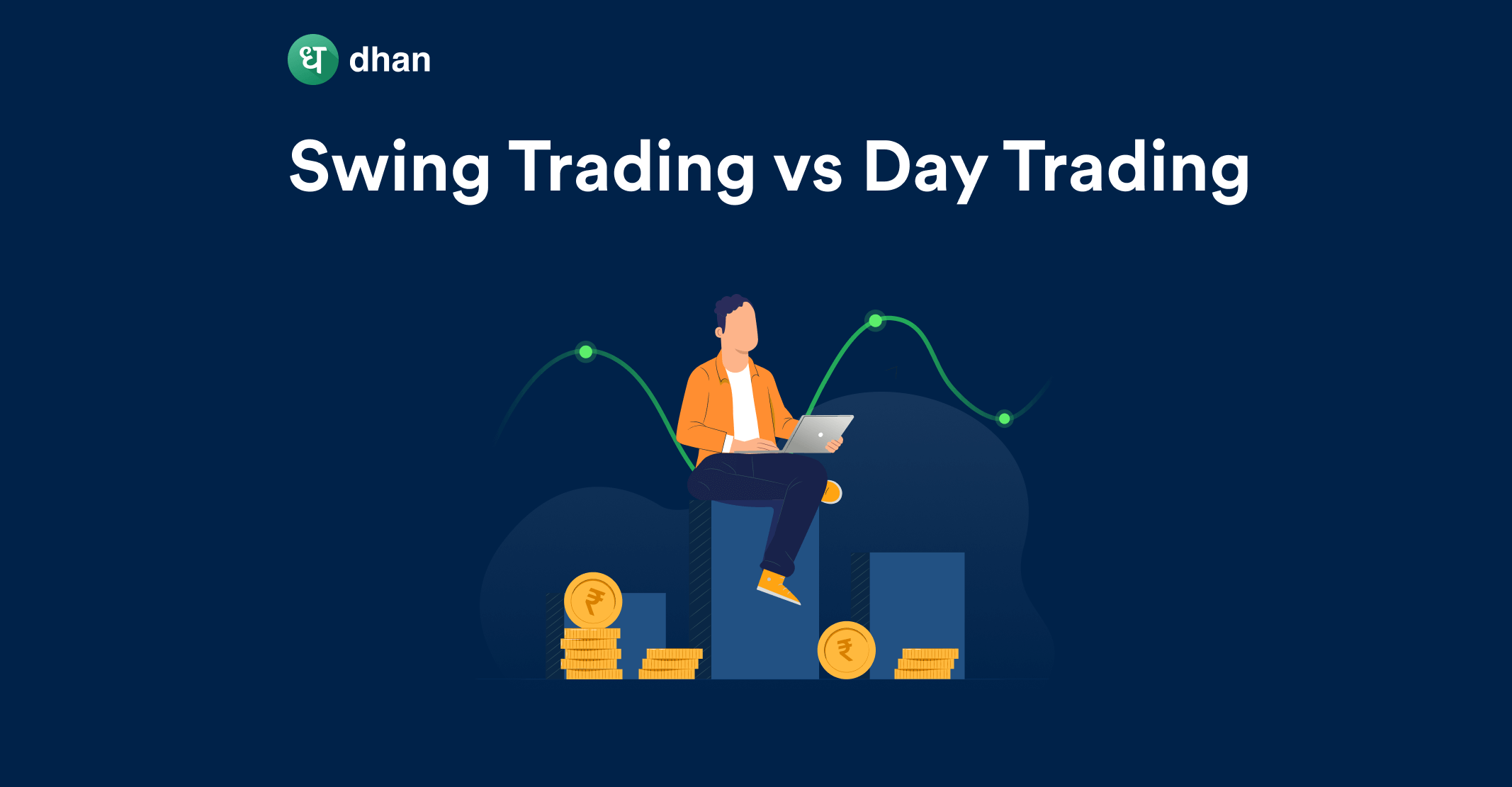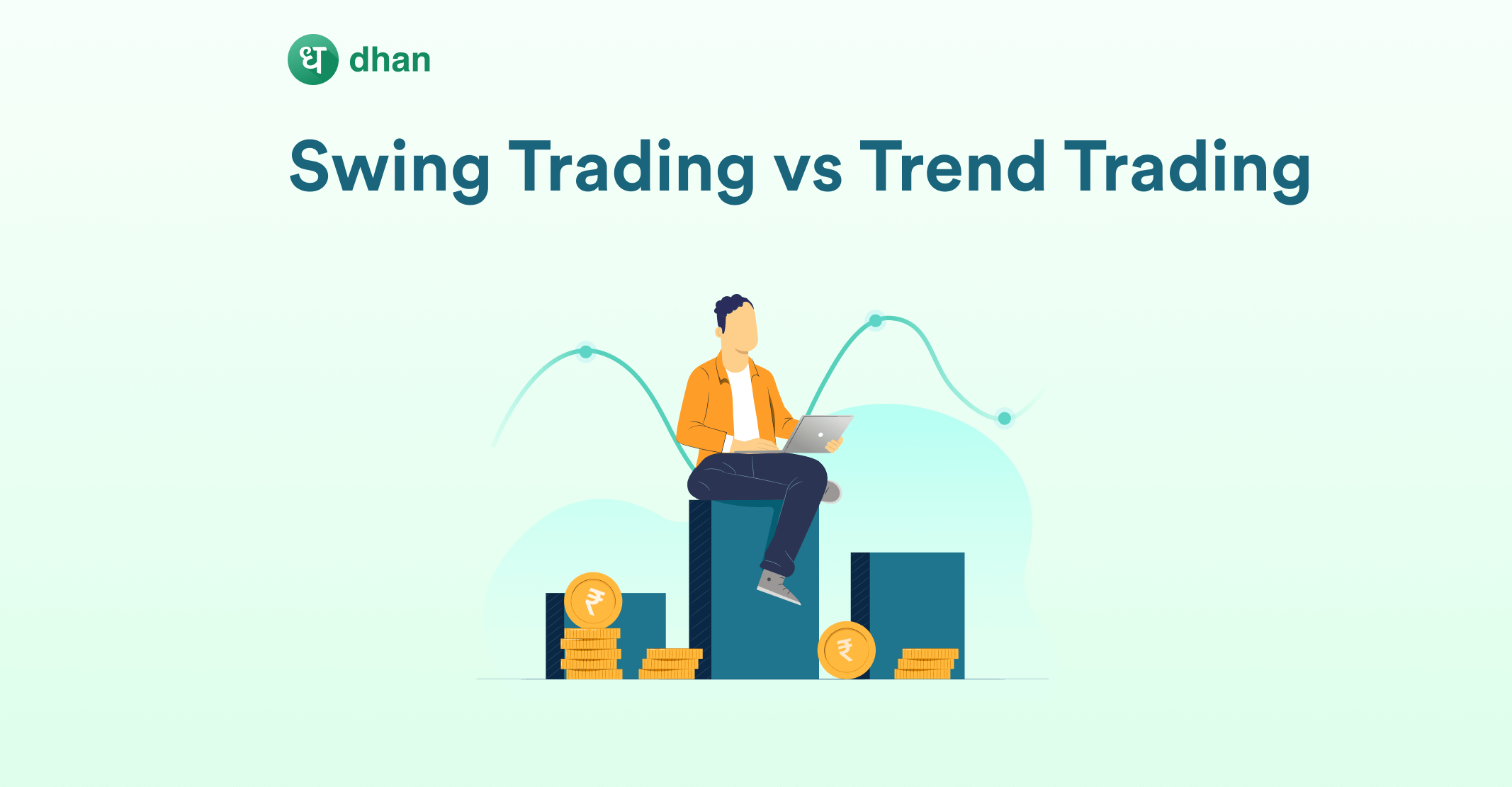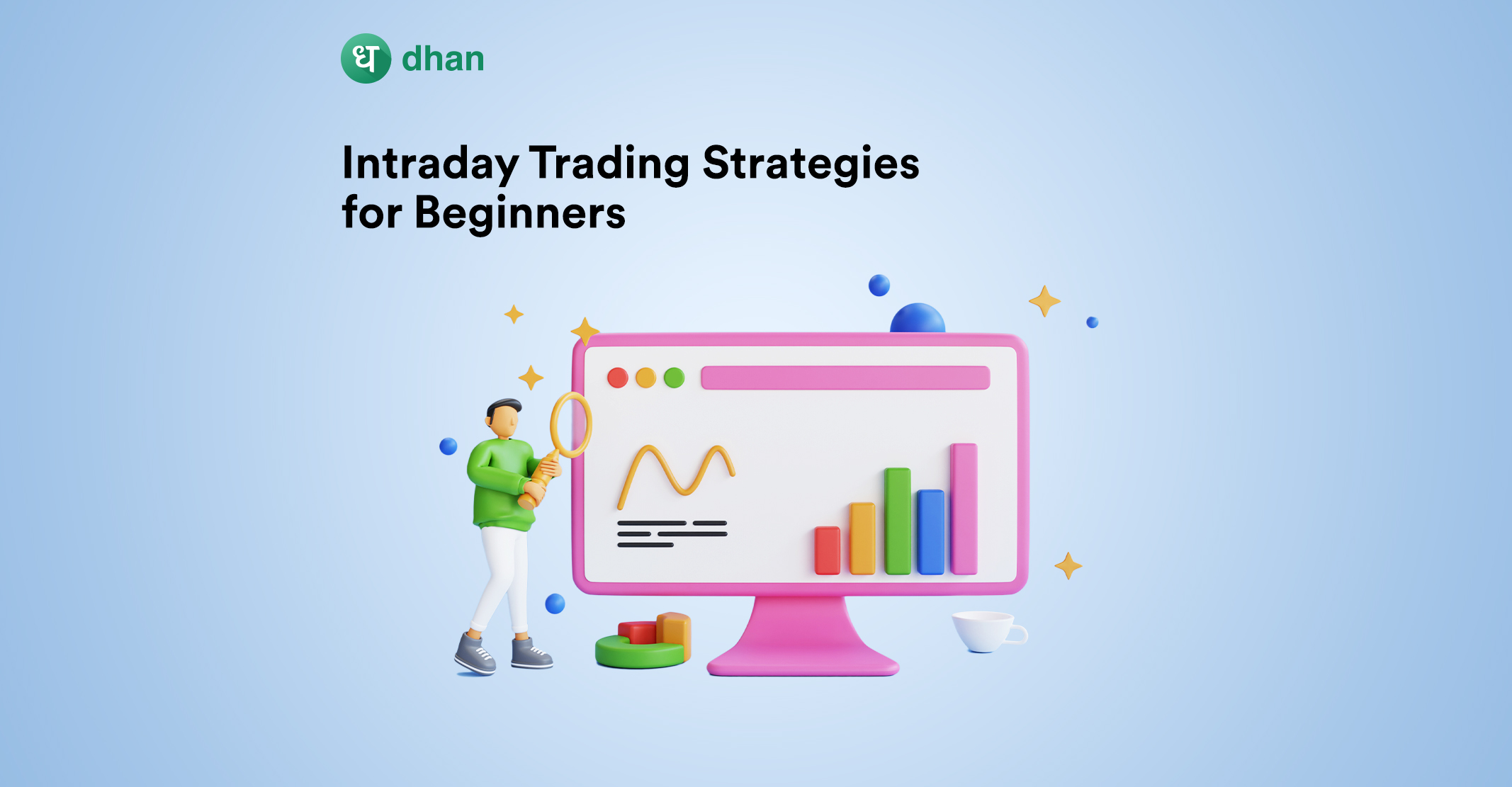You may have often heard about swing trading and day trading from your relatives or on social media. Both disciplines are often the most popular choices when it comes to trading, in general.
In fact, swing trading is a relatively more popular choice while day trading isn’t. Curious? Read on to know more as we explain everything you need to know about swing trading vs day trading!
Meaning of Swing Trading
You may already know that the price of almost all shares, currencies, commodities, futures, and options fluctuates or “swings” in the short term. These swings can lead to trading opportunities.
The traders who rely on these swings to generate profits are known as swing traders. In fact, swing traders cherish short-term fluctuations as they can earn small but consistent profits per trade.
A swing trade can last from a few days to weeks. Sometimes, a swing trader may hold a position for a few months. Typically, you could say that the average swing trade lasts from 7 days to 1 year.
The question is, how does a swing trader know when to exit or enter a trade? The answer is technical analysis.
While long-term investors focus on the fundamentals of a company like its balance sheet, EPS, P/E Ratio, and more, swing traders rely on charts, patterns, trends, volume, price action, and other factors, all of which are a part of technical analysis.
Read ☞ Difference Between Fundamental and Technical Analysis
Pros & Cons of Swing Trading
The following section will give you a detailed walkthrough of all the pros and cons of swing trading. Bear in mind that these pros and cons are set up for swing trading vs day trading.
Pros of Swing Trading
- Less Time-Consuming: No need to sit in front of a screen from 9.15 am to 3.30 pm – trades last from days to weeks, making it achievable for those switching from investing to trading
- Low Frequency: Swing trading is typically characterized by fewer trades (and subsequently lower brokerage)
- Automation: A swing trading system can have much better automation (trailing stop loss) due to the higher timeframe
Cons of Swing Trading
- Lower Returns: Swing trading is known to generate potentially lower returns than its trading counterparts (intraday)
- Overnight Risk: A swing trade is typically carried forward to the next day, causing overnight and weekend risk (unknowns)
- Less Liquidity: A swing trader’s capital will be tied up for days to weeks
Meaning of Day Trading
Day trading is similar to swing trading but the trades only last for a single trading session, meaning a trader will not carry forward their position overnight. Thus the name “day” trading.
Much like any trader, day traders relish short-term volatility but in the confines of one day. Using this volatility, day traders will aim to generate small chunks of profits per trading day or trades.
They achieve this through complex systems and technical analysis, the base of which are technical indicators. Fundamentals play little to no role in an intraday trader’s system.
While we’re on the topic, day trading is commonly known as intraday trading, where the word “intra” means “within” meaning trading within a day.
Pros & Cons of Day Trading
The following section will give you a detailed walkthrough of all the pros and cons of day trading. These pros and cons are designed to pit swing trading vs day trading.
Pros of Day Trading
- Higher Returns: Overall profits while day trading is known to be higher than its counterparts (swing trading)
- No Overnight Risk: A day trader’s position is not carried forward into the next trading day
- High Liquidity: Day traders enter and exit trades quickly in the same trade, freeing up their capital for more trades later on
Cons of Day Trading
- More Time-Consuming: Day trading requires you to constantly monitor your trades
- High Frequency: Many more trades in comparison to other disciplines like swing trading
- Lack of Automation: Constant monitoring means a lack of automation
Swing Trading vs Day Trading: Differences
By now, you must’ve more or less understood what swing trading is and what day trading is. Both are trading disciplines focused on one goal – profits.
But the way each trading strategy works toward this goal is different. This is where the differences start appearing and swing trading vs day trading becomes that much more interesting.
1. Holding Period
The goal of swing trading is to ride price fluctuations that happen between days to weeks. That’s why a swing trader would normally hold a position for, you guessed it, days to weeks.
This is in contrast to day trading where every trader will square off their open positions before the closing bell rings. As a result, an intraday trader’s position will be open for a few minutes to hours.
2. Risk
An intraday position by definition is not open beyond a single trading day whereas a swing trading position can be held for days or weeks. That’s why a swing trader will be prone to overnight risk.
A lot of unknowns can enter the picture after the market closes (overnight) with the potential to drive the price of a security in the opposite direction.
3. Returns
While the profit percentage varies from trader to trader, intraday trading is known to be a profitable avenue compared to most other trading strategies, including swing trading. That said, this comes at a cost.
4. Time & Effort
Intraday trading is essentially a full-time job that requires you to monitor the market and your positions throughout the day. Working professionals may find this challenging.
That’s why swing trading is known to be a much more relaxed approach. You don’t have to monitor the market or your positions all the time.
Furthermore, setting a trailing stop loss or alerts can be enough to help you jump back in and do whatever’s necessary to manage your positions.
5. Liquidity
Because swing trading is a days or weeks-long endeavor, your capital will be locked in one or more positions, leaving little to no wiggle room to enter more lucrative trades in the meantime.
Intraday trading is, by design, different and more liquid as your capital won’t be stuck in a position for more than a few minutes to hours.
6. Indicators
There’s a significant overlap between swing trading and day trading when it comes to technical indicators. For example, Bollinger Bands can be a useful volatility indicator for swing and day traders.
That said, this is a blog about swing trading vs day trading, meaning we’re going to talk about the indicators that are used primarily for either trading strategy.
| Indicators for Swing Trading | Indicators for Day Trading |
| Anchored VWAP | VWAP |
| Volume | Average Directional Index |
| Ease of Movement | Aroon Indicator |
Is Swing Trading Safer than Day Trading?
Throughout this blog, you must’ve noticed that swing trading has the upper hand when it comes to time and effort while day trading fares better when it comes to overall returns.
The reality is that every trading strategy has its pros and cons. For example, swing trading is less time-consuming than intraday trading but every trade will be prone to overnight risk.
Thus, it’s important to identify your trading style and understand how to excel at that through the process of discovery. Liked this? Then you’ll love these blogs:



